Discover 8 hidden attractions, cool sights, and unusual things to do in Lloret de Mar (Spain). Don't miss out on these must-see attractions: Lloret Beach, Platja de Fenals, and Boadella. Also, be sure to include Castell de Sant Joan de Lloret de Mar in your itinerary.
Below, you can find the list of the most amazing places you should visit in Lloret de Mar (Catalonia).
Table of Contents
Lloret Beach
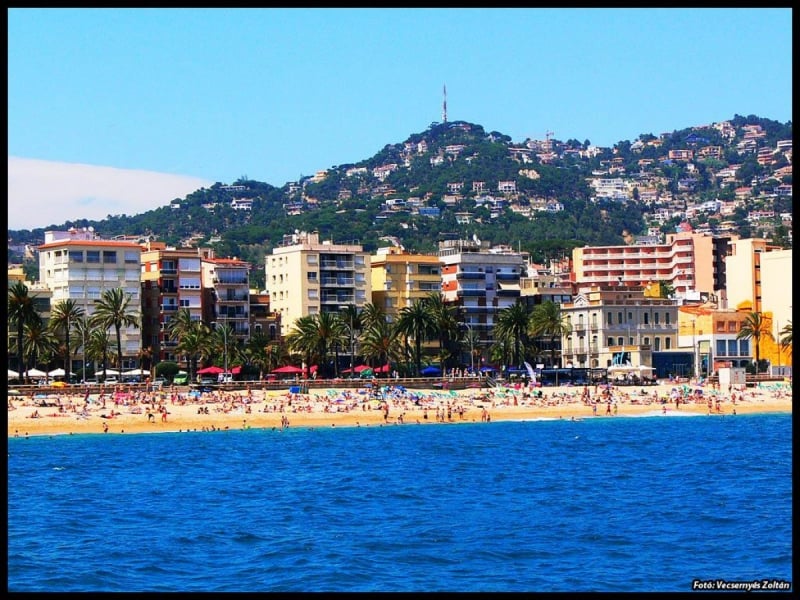
Beach
Platja de Fenals
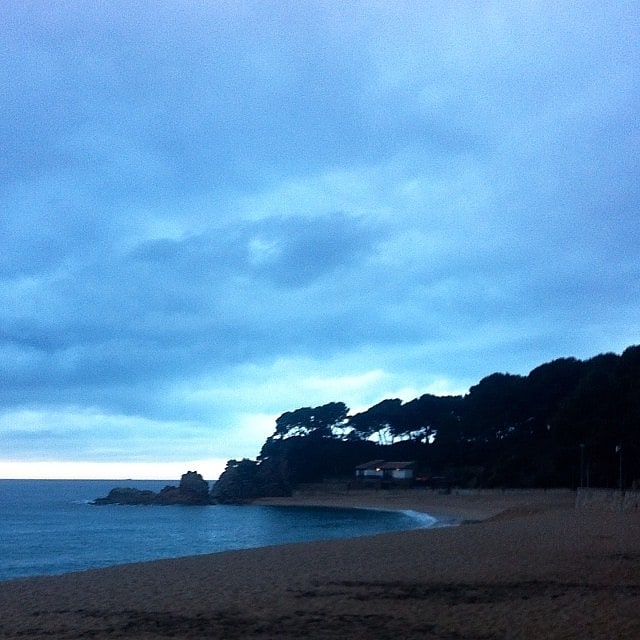
Fenals beach is a beach located in the municipality of Lloret de Mar Spain, on the Costa Brava South, between the cove Sa Boadella and Lloret beach.
It is a coarse sandy beach, about 700 metres long and with a 10% slope. It has all kinds of facilities (such as a cleaning service for the promenade and sand, litter bins, tourist information point, public telephones, bathing service and assistance for people with reduced mobility), signposting (such as entry and exit channels for boats, beach marked out at 200 m, safety line, flags indicating the state of the sea), rescue and first aid service, surveillance and leisure activities (such as sunshade and sun lounger rental, water skiing, parasailing, skating, kayaking, ice cream and drinks kiosk, restaurants, sports area).
It is located in a semi-urbanized area of Lloret de Mar and is accessed by the GI-682 road (Blanes-Lloret). It can be reached by intercity bus.
On one side of the beach, in the form of a very open bay with deep waters, there is a promontory (which is the highest point on the coast of Lloret) where the remains of the Castle of Sant Joan are located.
The beach has been awarded with the Blue Flag.
Address: Passeig Ferran Agulló, 17310 Lloret de Mar
Boadella

Sa Boadella cove is a nudist beach located in the municipality of Lloret de Mar Spain; on the Costa Brava South, between Santa Cristina beach and Fenals beach.
It is a coarse sandy beach, about 250 meters long and a 10% slope. It has several services such as showers equipped with footbaths, a restaurant and lifeguard service with a first aid hut. Vehicles can pass and park about 250 metres from the beach (which is on a negative slope).
The entire beach has a nudist tradition, but due to the increase of tourists in recent years, the right side, the farthest from the gardens of Santa Clotilde is where most nudism is practiced, while in the other half, where you enter and where the public services are located, it is not usually practiced. This has caused several nudist associations to take a stand against mass tourism. They do not force nudism, but ask for respect for tradition, due to the derogatory comments about nudism that they hear from some visitors.
Dogs/animals are strictly forbidden on this beach.
It is located on the outskirts of the town of Lloret de Mar. The beach is surrounded by cliffs and a thick pine forest. On the cliffs on the left side are the Santa Clotilde Gardens from which you can admire spectacular views of the slope.
The cove is separated into two parts by Sa Roca des Mig, which divides the sandy area into two beaches: one called Sa Cova (although there is no cave in the cove) and the other Sa Boadella. The name Sa Cova (on the Santa Cristina side of the beach) has now almost disappeared and the whole beach is known as Sa Boadella.
The beach has been awarded the Blue Flag distinction.
Until a few years ago the swallows used to come in, but they stopped doing so because of some currents, imperceptible to the eye, which had already caused a scare.
The maritime transport services that dock at the different beaches of Lloret, Tosa, etc. facilitating the movement of people between coastal points admiring the beautiful coastline, do not stop at this cove due to its rocky composition.
Address: Camí Boadella, 17310 Lloret de Mar
Castell de Sant Joan de Lloret de Mar

Sant Romà
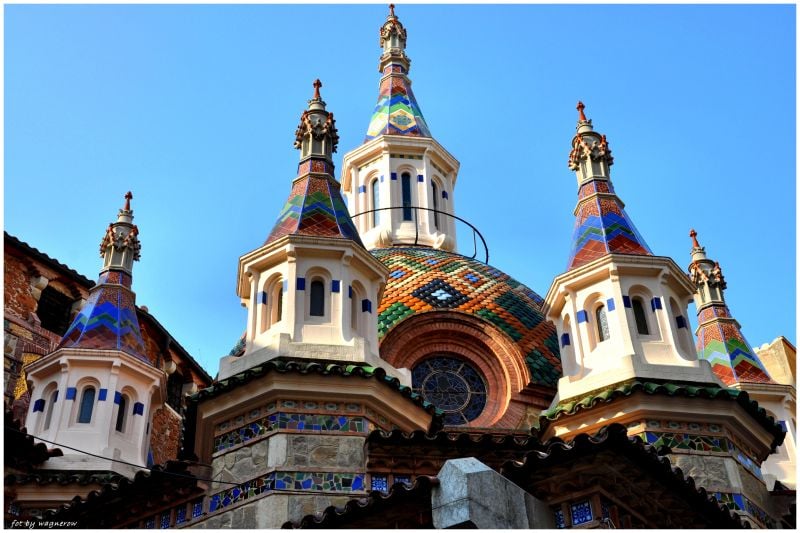
Church
Address: Plaça de l'Església, 4, 17310 Lloret de Mar
Museo "Casa de gatos"
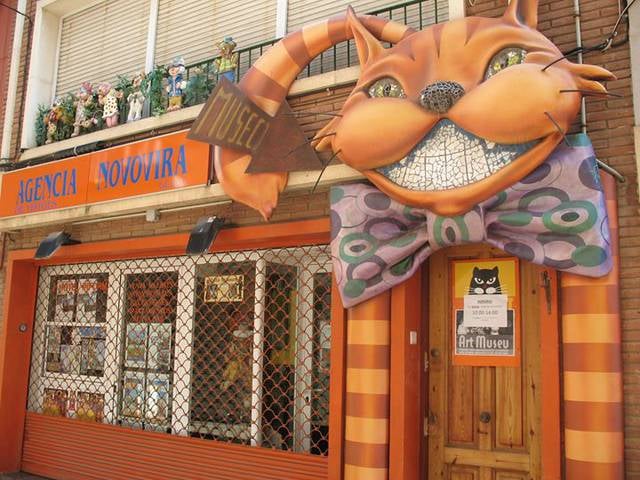
Specialty museum, Museum
Address: C/ San Albert, n10, 17310 Lloret de Mar
Magic Park Lloret
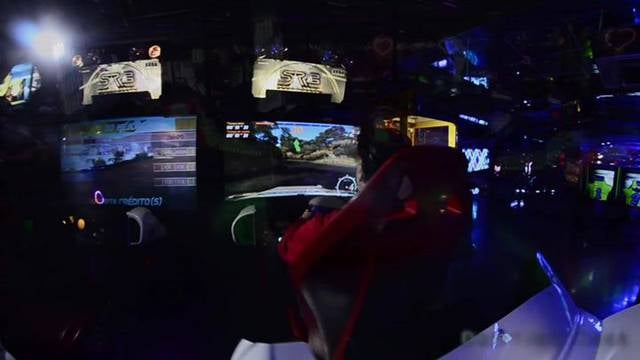
Casino, Game and entertainment center, Gambling, Relax in park, Park
Address: Av. Just Marlés Vilarrodona, 17310 Lloret de Mar
Poblat Ibèric de Puig de Castellet
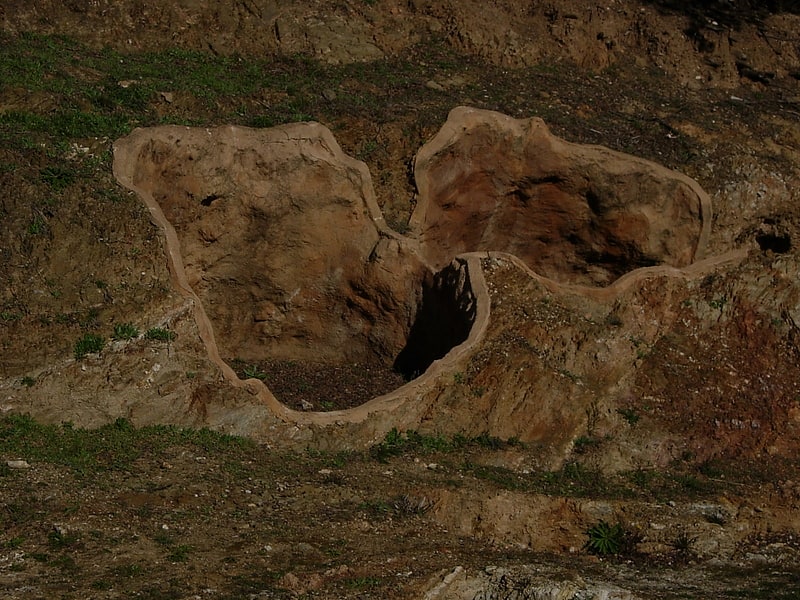
The Iberians, pre-Roman inhabitants of the east and south of the Iberian Peninsula, populated the territory of present-day Catalonia, leaving numerous remains that have survived to the present day. The oldest ones date from the 6th century BC and the last ones are dated around the 1st century BC.
These settlements were almost always located in privileged areas on the top of hills or small mountains from where they dominated the surrounding lands and communication routes. It is possible to appreciate an incipient urbanism in the disposition of the buildings that did not have foundations and began with a first row of cyclopean construction. Then the mud walls were erected and closed with a vegetable and mud cover as a roof. There were common and public spaces, such as squares, temples, cisterns or silos and other specialized ones, such as bread or pottery ovens. All this leads us to think of a well-structured organization with a certain social hierarchy.
The following is a concise description of the best-studied and best-known Iberian settlements in Catalonia. For a better understanding, they are arranged in alphabetical order.